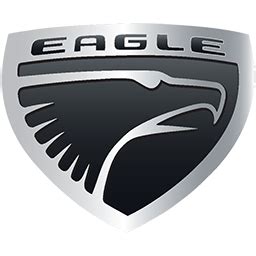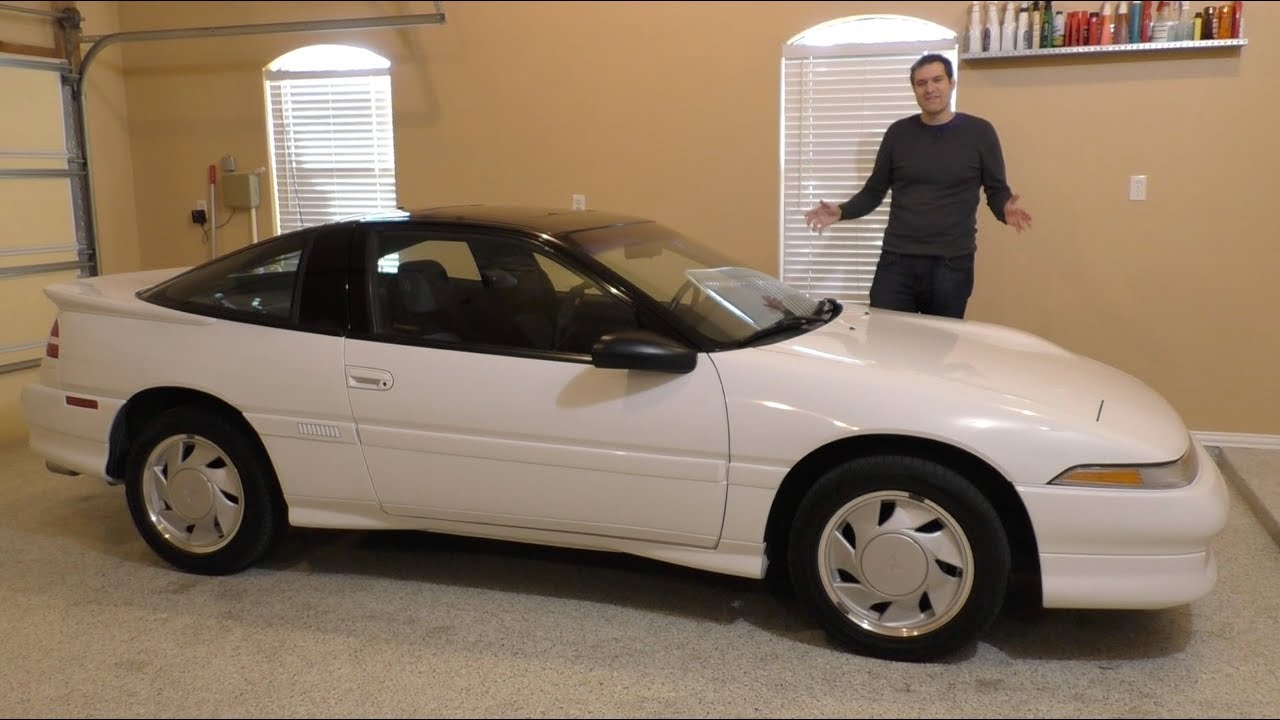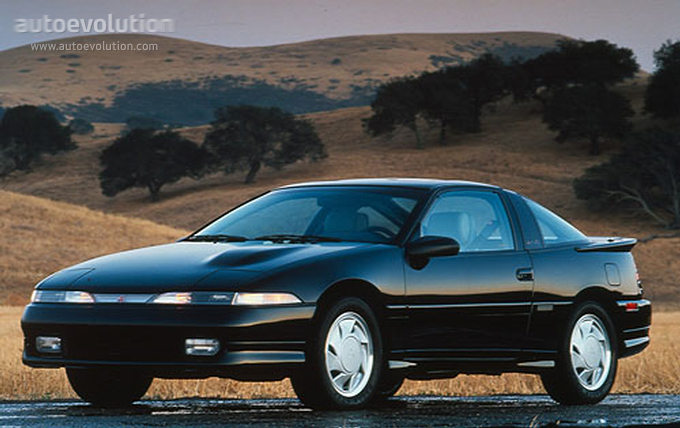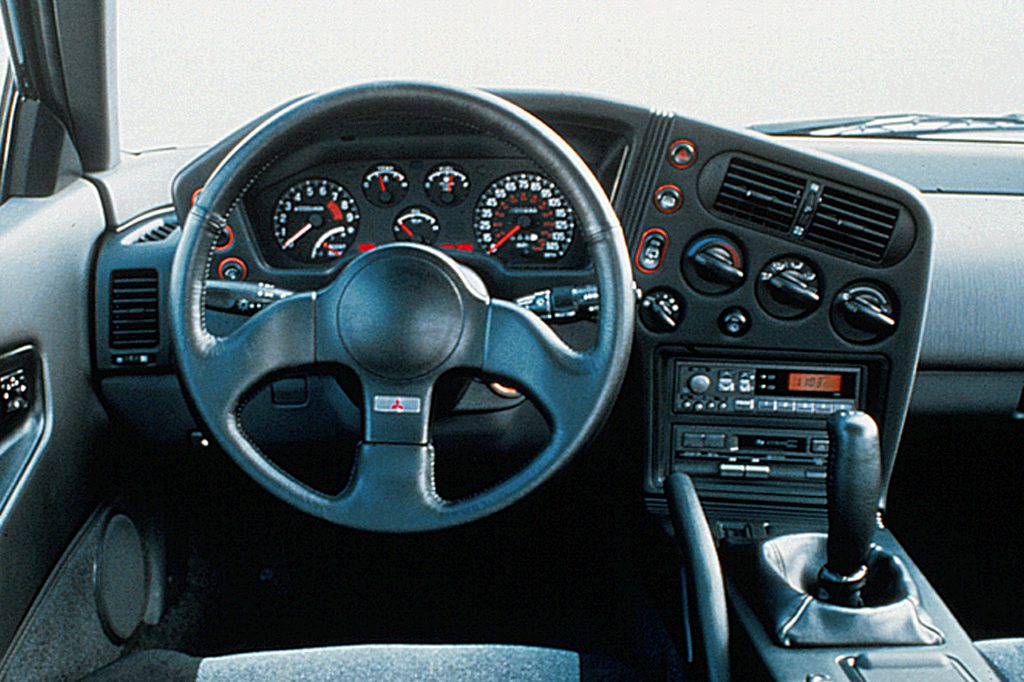mmcartalk
Expert
- Messages
- 4,155
- Reactions
- 2,675








IN A NUTSHELL: Loosely-built, but don't judge a book by its cover.
Mitsubishi and Chrysler had a longtime partnership, lasting from the 1970s until well into the 1990s, when Chrysler itself was bought out by Mercedes (Daimler)....and, for a time, after that, Mercedes itself had a partial-stake with Mitsubishi. During the period that Mitsubishi and Chrysler had their engineering/marketing relationship, they often marketed each other's products under rebadged and/or modified names and platforms, although, in most cases, Mitsubishi products usually ended up being marketed as Chrysler products rather than vice-versa. A number of the more well-known examples are the Dodge/Plymouth Colt (see my earlier write-up on the Colt), Mitsubishi Starion/Chrysler/Dodge/Plymouth Conquest, the Colt Vista/Eagle Summit Wagon/Mitsubishi Expo triplets, and Mitsubishi Galant Lambda coupe/Plymouth Sapporo/Dodge Challenger (the Second-Generation Challenger was a small Mitsubishi product). In addition, some Chrysler-designed products had Mitsubishi engines in them, either standard or as options.
Before I go on, I'm going to vent a little and say that this was one of the things that irked me the most about Lee (Lido) Iacocca, Chrysler CEO during the 1980s and part of the '90s. He was well-known for his buisness prowess, ability as a manager in getting things done, and no-nonsense attitude....and IMO, Henry Ford II, out of sheer stubbornness, made a big mistake by firing him in 1978. But Lido could also be a smooth-talker, and quite deceptive at times. He is perhaps most-remembered, today, for his famous TV commercials in the early 1980s, where he struts around boasting about a "New" Chrysler Corporation delivering quality products....which, for the most part, was pure B.S. (I know, my family owned several of them). Mitsubishi, at that time, could build some solid products, but Chrysler itself, by then, itself was WAY past its quality-prime in the mid-1960s. Lido also liked to rail about Japanese-imports flooding the country and making things "unfair" in the market for the domestic automakers. He knew how to act and talk in front of the cameras to get public opinion on his side, and the Reagan Administration, under pressure, reluctantly agreed to import-restrictions on Japanese-built products, which significantly raised their selling-prices at the dealerships and created long lines of buyers waiting to get them from supply-and-demand. But Lido, conveniently, didn't mention that a substantial part of Chrysler's own line-up, at that time, was either derived from rebadged Japanese vehicles or used major components supplied by Mitsubishi, including engines, chassis, and turbochargers. In effect, the Mitsubishi "Imports" were actually helping to keep Chrysler in business. As far as I'm concerned, at least part of that stage-act was just classic double-talk that a large part of the public didn't see through, but, of course, those of us who followed the auto-market did.
Having said that, of course (and, out of respect for the deceased), I'll also point out that Lido also did some incredibly important things for the automotive world...he gave us the original Ford Mustang in 1964, and 20 years later, the first front-wheel-drive minivans...those minivans would have gone to Ford's credit had Henry Ford II been more receptive to the idea and not fired Lido just out of spite.
OK, so much for that. Now let's get back to the topic at hand. Of all the numerous Mitsubishi/Chrysler combinations/rebadges, one of my favorites (and which were a major success) were the sport-coupe triplets known as the Plymouth Laser, Eagle Talon, and Mitsubishi Eclipse....Dodge didn't get a version for themselves, perhaps because sister Plymouth and Eagle divisions already had two different versions. As was usually the case in the partnership, Mitsubishi did most of the design/engineeering, and Chrysler sold similar (or rebadged) versions of it. In 1982, Mitsubishi officially started selling vehicles in the U.S., as Mitsubishi Motors of North America, so they got the their own stand-alone dealerships, and, of course, sold the Eclipse version out of those. In addition, Mitsubishi owned and operated the notorious Diamond-Star assembly-plant in Normal, IL.....more on that plant in a minute.
The initial First-Generation versions of the Talon/Laser/Eclipse were introduced in one body style (coupe), with a choice of two engines...a normally-aspirated 2.0L four of 135 HP/130 ft-lbs. of torque and a 2.0L turbo four of 195 HP/205 ft-lbs. of torque. Later versions were upgraded to 210 HP, and there were minor power-rating-differences between all three vehicles and engine/transmssion combinations. Drivetrains included 5-speed manuals and 4-speed automatics, and a choice between FWD and AWD....AWD coming only with the turbo version, although a FWD version with the turbo was also available.
As sport-coupes, these cars were very impressive on the road, particularly by the FWD standards of the time, and were highly regarded by the auto-press. One of the magazines (Car and Driver, I think, if my memory is right) went so far as to refer to them as "Marvelous". Unfortunately, they came out of a factory that, also at the time, was arguably the worst-run plant in North America.
I could go on and on about the Diamond-Star plant, but, for brevity's sake, will limit it to a few sentences. During its existence (it closed in 2015), even as a UAW plant (Local 2488), workers and management never could seem to get along, and there were allegations (and lawsuits) claiming sexual-harassment, racial-discrimination, workers being cheated out of wages/benefits, and all kinds of mischief going on. Indeed, during those years, a couple of Mitsubishi officials actually went to prison, although it is unclear if conditions at the plant directly led to that or not, or if other issues were also involved. Both Chrysler/Dodge and Mitsubishi-badged vehicles were built there over the years, in addition to the Laser/Talon/Eclipse triplets.
My first contact with these cars came at a local Mitsubishi dealership, in Rockville, MD, when, given the car's then-reputation with the auto press as an excellent sport-coupe, I decided to stop by, after work one evening, and check one out (our office was then in an adjacent part of Rockville, not very far away). I figured that, for the test-drive, even with the added risk of FWD torque-steer over the AWD version, the turbo/front-drive version would provide the most bang for the buck, although the slower/heavier AWD version would probably have more stable handling. So, inside the showroom, I looked at one version painted a (somewhat yellowish) lime-green (I can't remember exactly how it was equipped), and was appalled at some of the workmanship I found....loosely-attached parts, crude fit/finish, and evidence that they didn't even keep the paint shop clean there at the Diamond-Star plant....the paint job actually had some small sharp burrs in it, and looked like it had been sprayed over dirt-particles on the sheet-metal/primer. I hadn't seen such sloppy assembly since the X-Body Chevy Citation I had owned some ten years earlier (which I also did a write-up on), and the early-production Pontiac Fiero of 1984 (also a write-up).
Well, despite the workmanship being unimpressive, I figured (correctly) that, particularly with automobiles, you can't always tell a book by its cover (maybe it would drive a lot better than it was assembled), so I asked the reps if they had a front-drive turbo/5-speed manual version in stock for a test-drive. A couple minutes later, they found one (a white one, I think, if my memory is right), handed me the keys and a dealer-plate, and off I went.
Well, the auto-press was right. Despite assembly-goofs, this was indeed one excellent sport-coupe....I could see why they were impressed with it, particularly the turbo version. The official torque-figure on this car seemed underrated, as, particularly with the 5-speed, it gave you a real kick in the pants and pushed you back in your seat, even in some of the higher gears. The handling, even with FWD, which would normally be a setback, though not as responsive as, say, the also-then-new Mazda Miata, was excellent by FWD standards....and, as I said earlier, the AWD version would probably have been even more stable, albeit it at the cost of a little power. It was not particularly noisy, even with the sloppy for/window construction, and ride comfort, though not Buick-Roadmaster-smooth, was acceptable even by my picky standards (tires, in general, back then, even on sport-coupes, were higher-profile than they typically are today, and wheel-sizes smaller). Though I didn't like the cheap materials inside (even the leather seats looked and felt cheap) and the hard-to-use horn-buttons on the steering-wheel spokes, the rest of the interior was generally well-laid out, and the controls/buttons easy to use.
I went home that night, called a friend/co-worker of mine, who, at that time, was maybe looking for some new wheels, and suggested he come out and take a look at a GS-T model. He had gotten a Honda CRX Si not long before that, but was possibly considering a second car. We met at the mitsubishi shop, he and I went out for a ride, and he was as impressed with it as I was. Sometime later (I don't remember exactly how long), he decided not to get a new one, but bought a used one at Car Max...a black AWD GS-X version with automatic, with light-gray leather seats inside. True to form for a Diamond-Star product, it was loosely-built, and, when I sampled it a couple of times, a few things did not seem to work correctly...the radio-volume knob would sometimes spin around in a number of circles without responding, then, all of a sudden, raise or lower the volume as desired. A few other switches seemed loose or questionable, but, in general, the car's major mechanicals seemed solid. Being AWD and automatic, it wasn't quite as fast as the GS-T version we had sampled before, but it could definitely get out of its own way. Later, he and his wife went on to own the Honda Element and Ford Explorer Sport-Trac that I wrote about previously (they still own both), a classic BMW M coupe (based on the BMW Z roadster), and a 1979 black/gold-trimmed Smoky and the Bandit Pontiac Trans-Am, which has won some trophies at classic-GM shows.
The Second-Generation came along in 1995, the Plymouth Laser version was dropped, and an Eagle Talon convertible was added....otherwise, not a whole lot of major changes. The Third-Generation model, though, introduced in 2000, was, IMO, a major disappointment. Only the Mitsubishi version remained, and, though it included a new normally-aspirated V6, it was a lot more appliance-like, and just didn't feel and drive like the clearly sport-oriented versions preceeding it. Indeed, Elipse sales sharply dropped, and much of the attention of the turbo-crowd was ultimately to turn to the upcoming AWD Mitsubishi Evo sedan, which tried (with some success) to compete with the turbo/AWD Subaru WRX and STi, ultimately being dropped from the American market. I later sampled an Evo, and, OMG, that was one of the harshest/noisiest cars I have ever driven....IMO designed for masochists. But that is the subject of another write-up, not this one.
And, as Always, Happy Car-Memories.

MM
__________________

DRIVING IS BELIEVING

Last edited:
